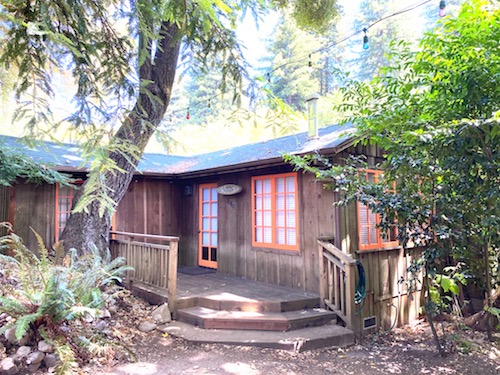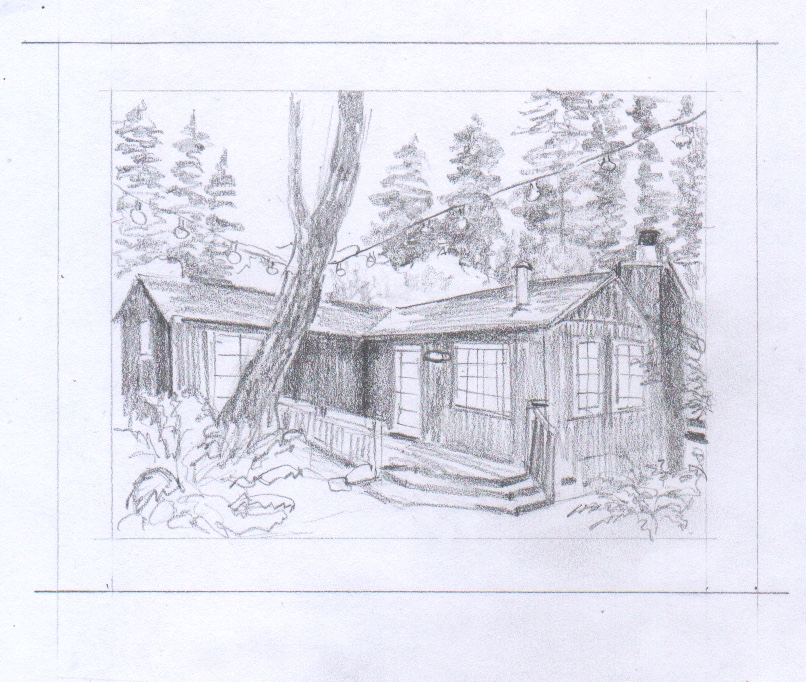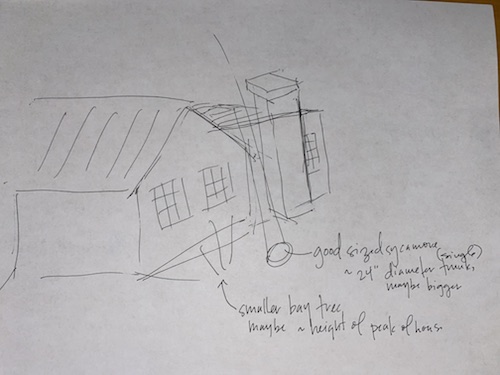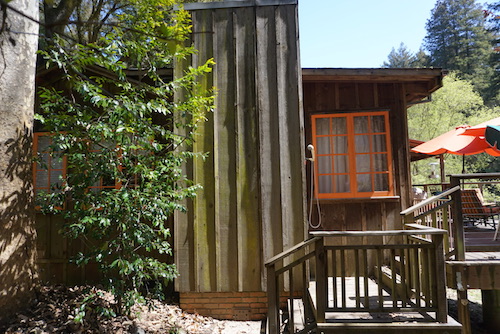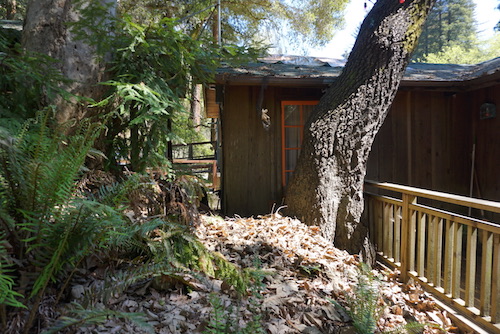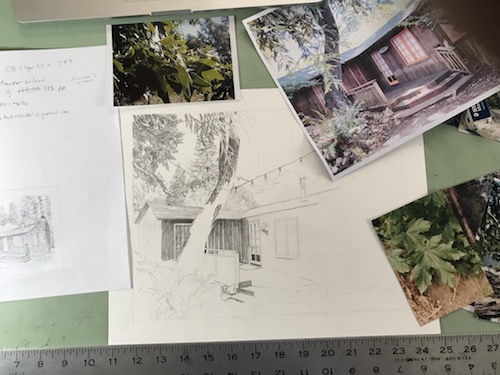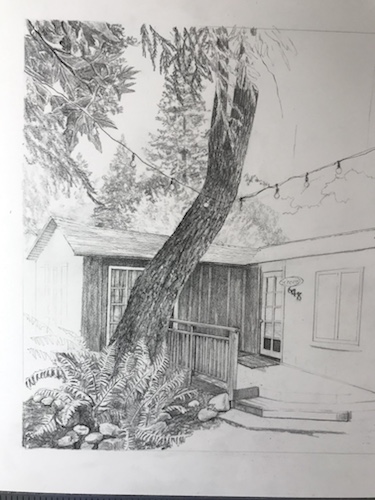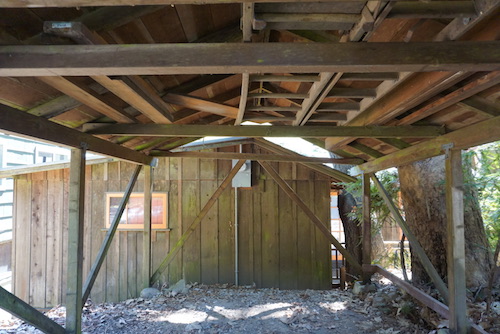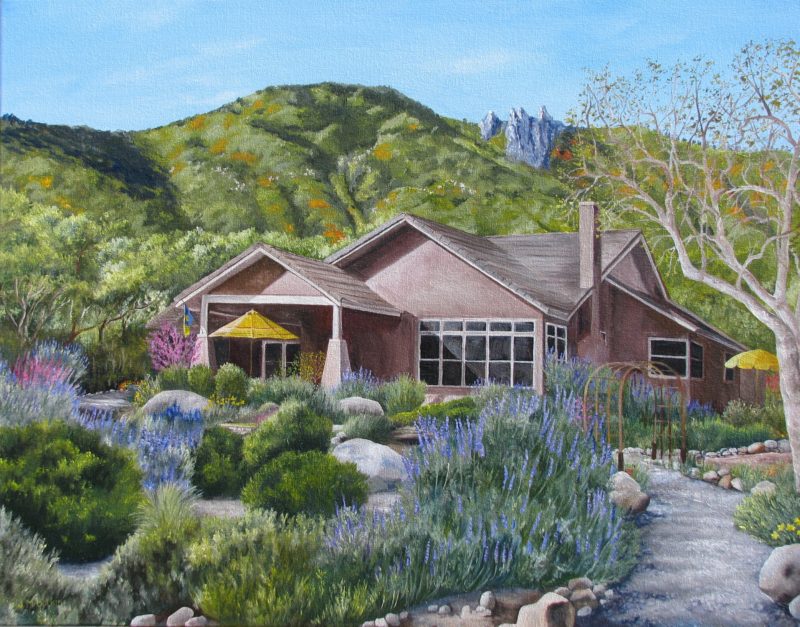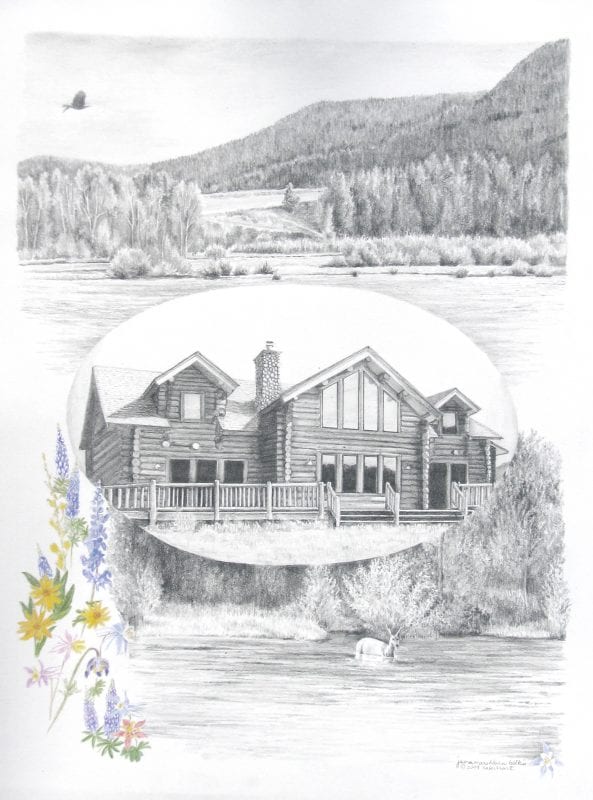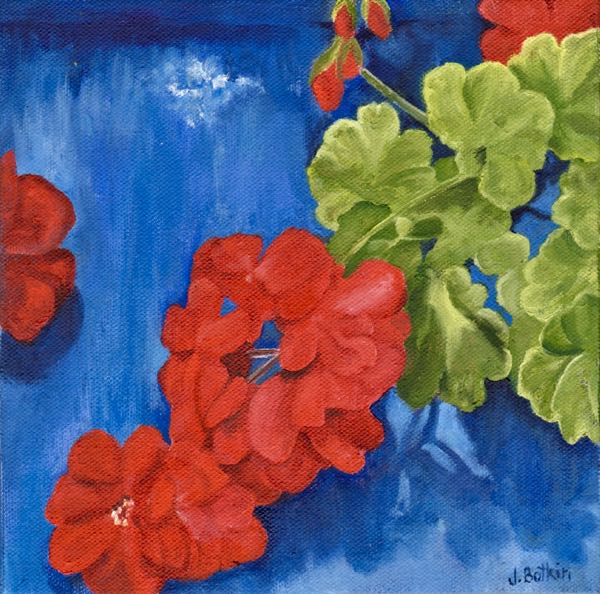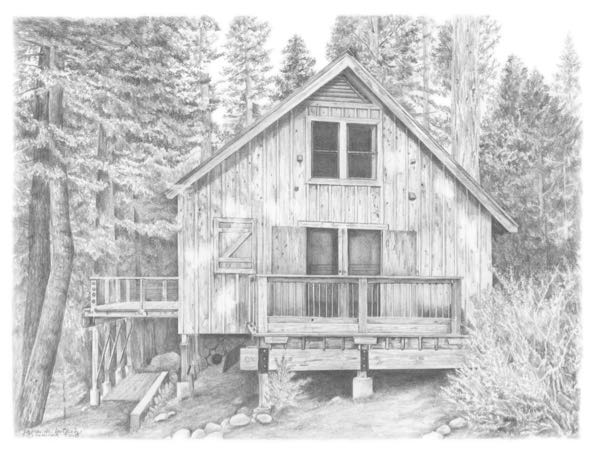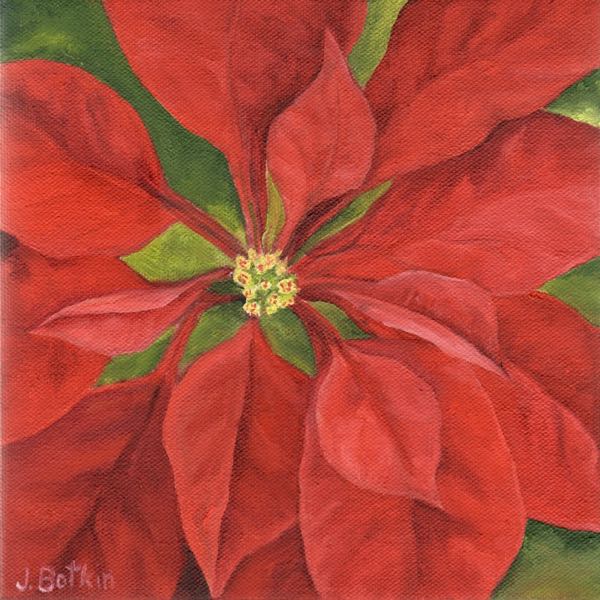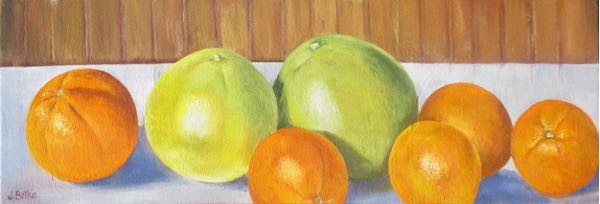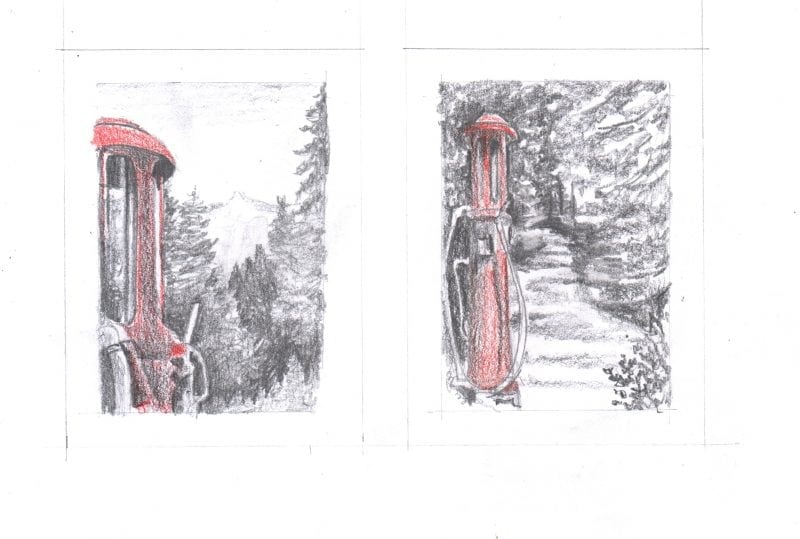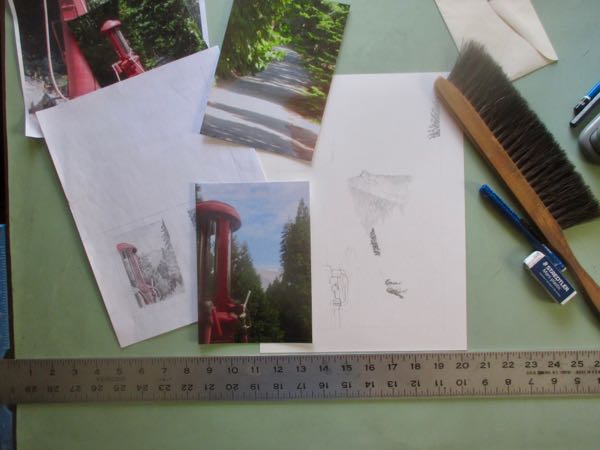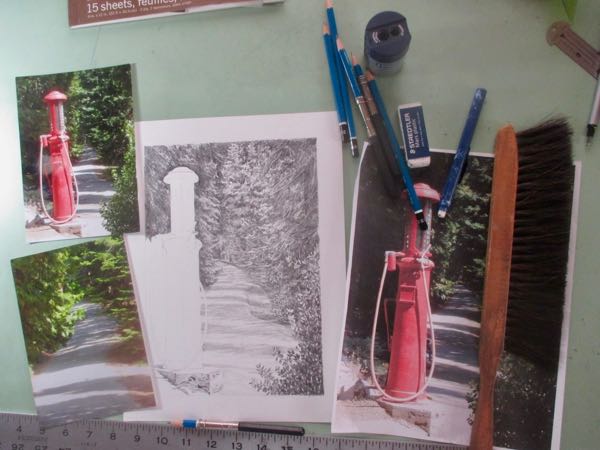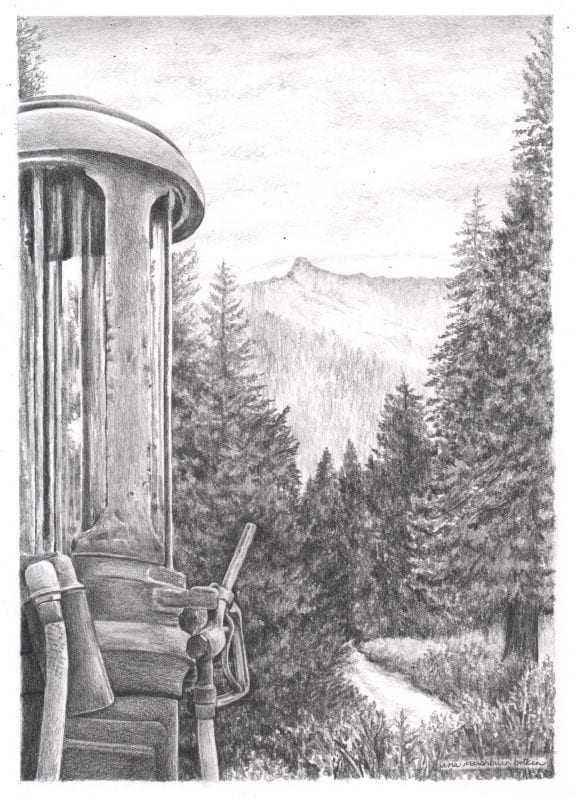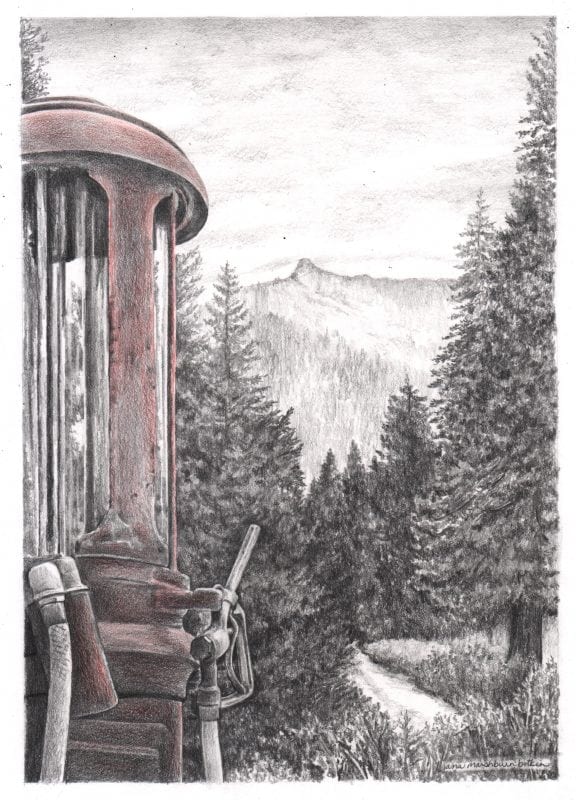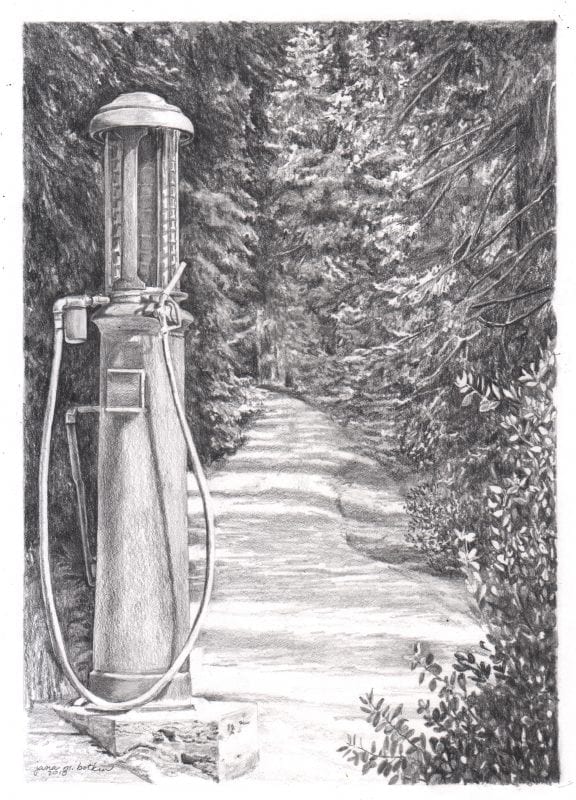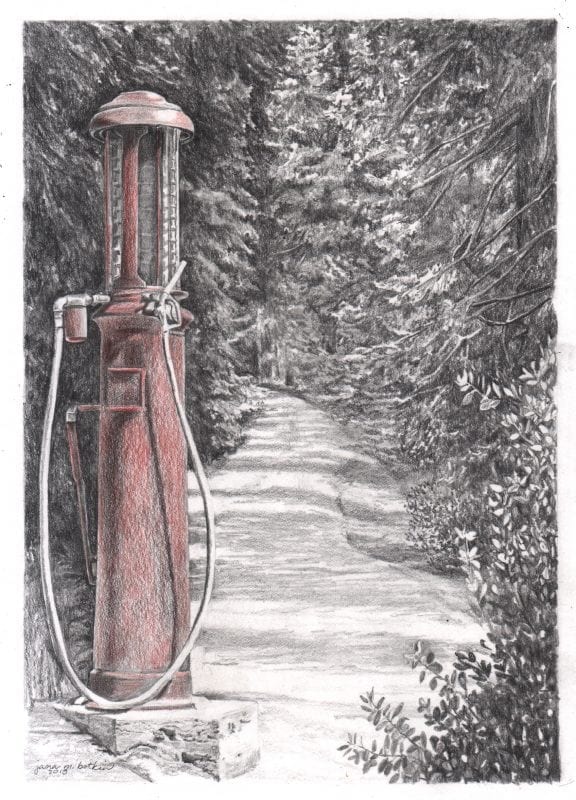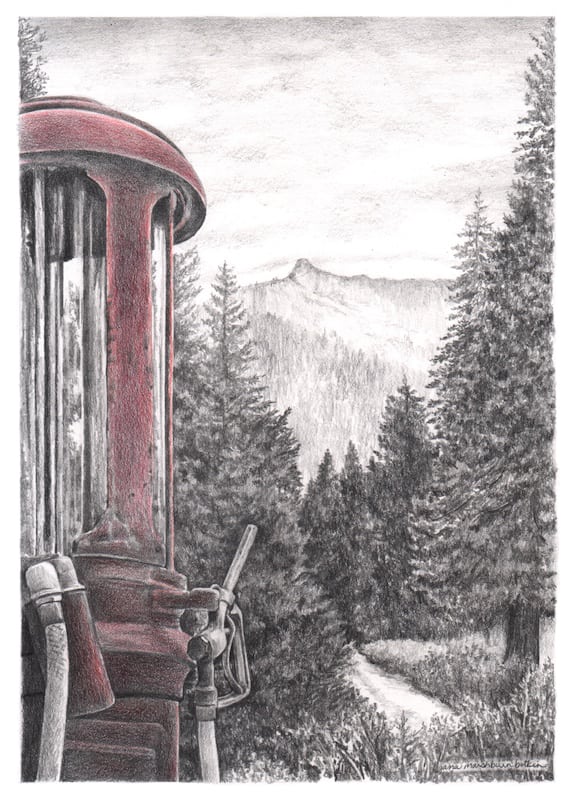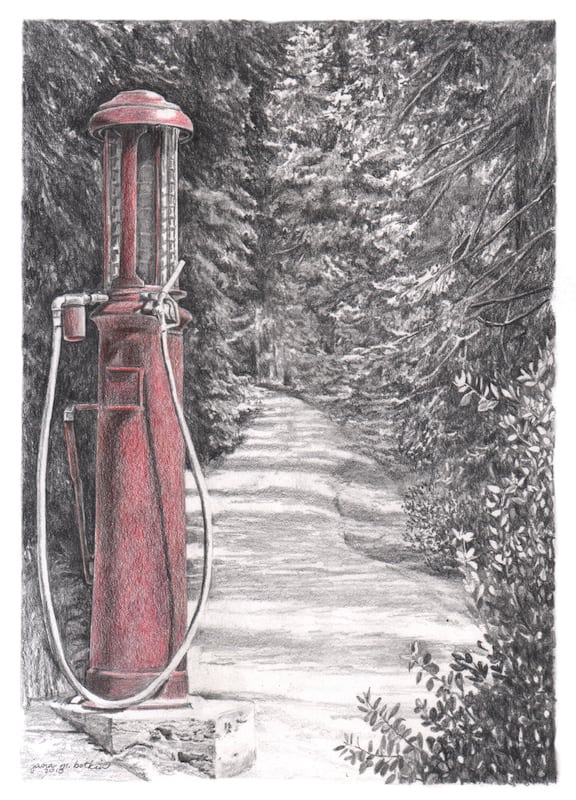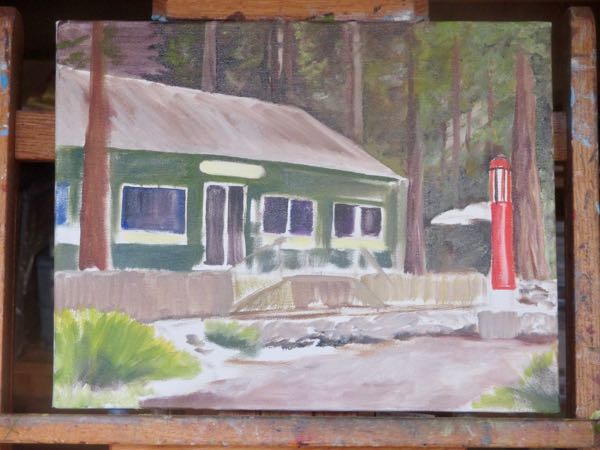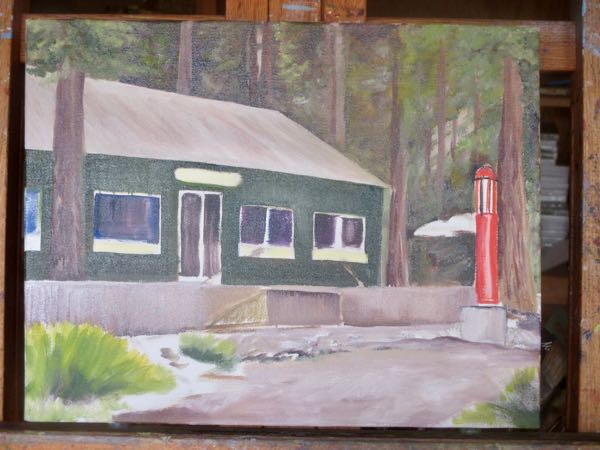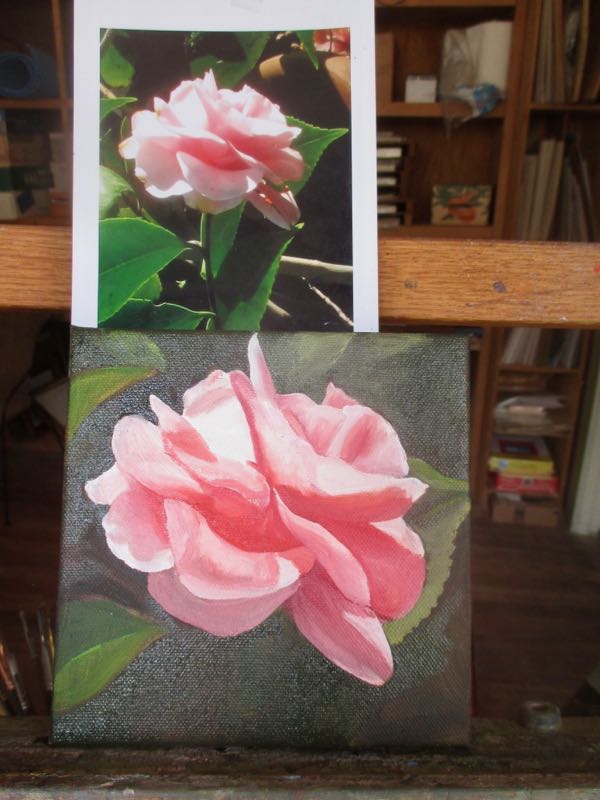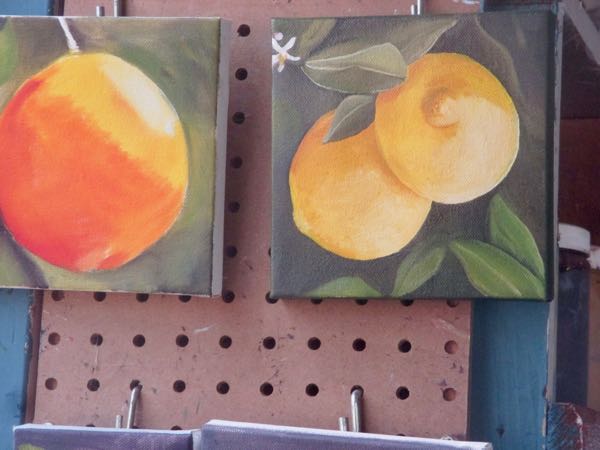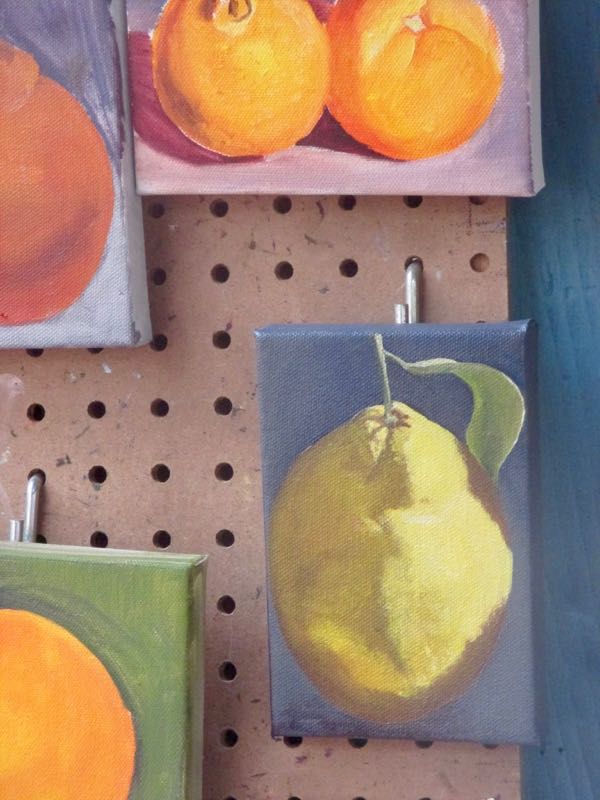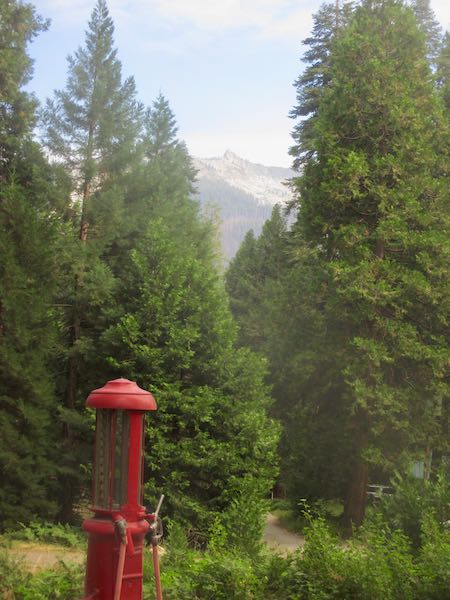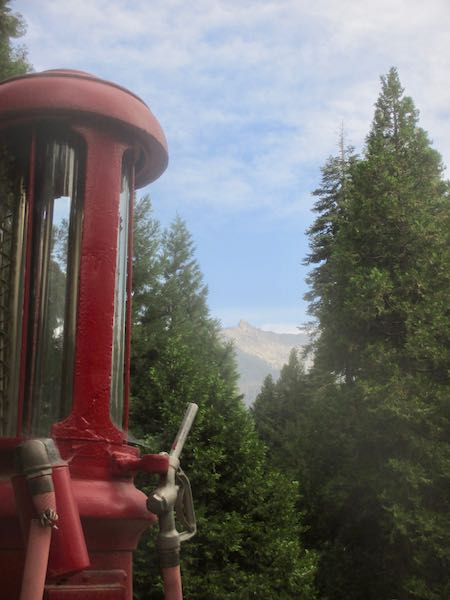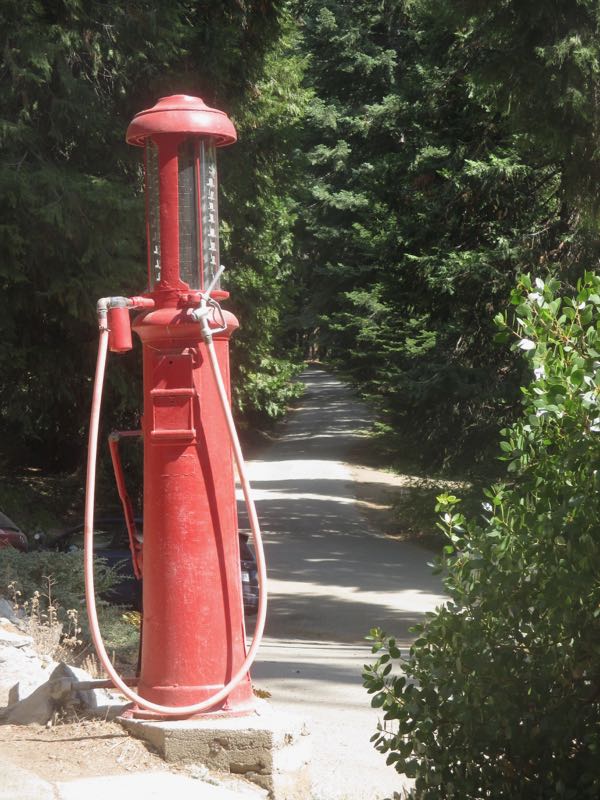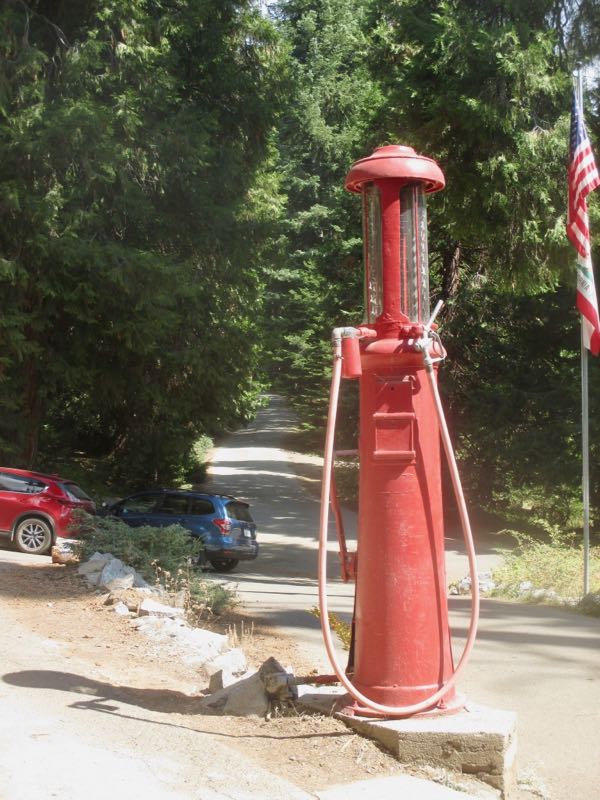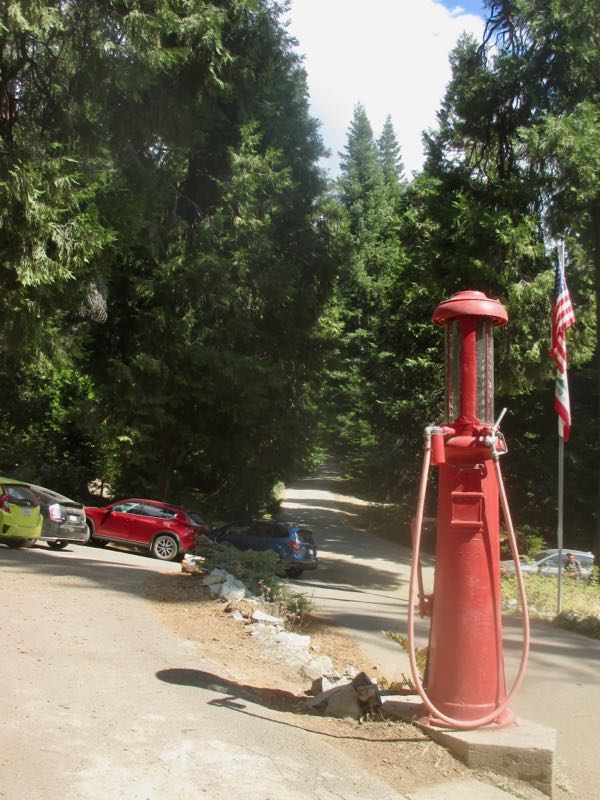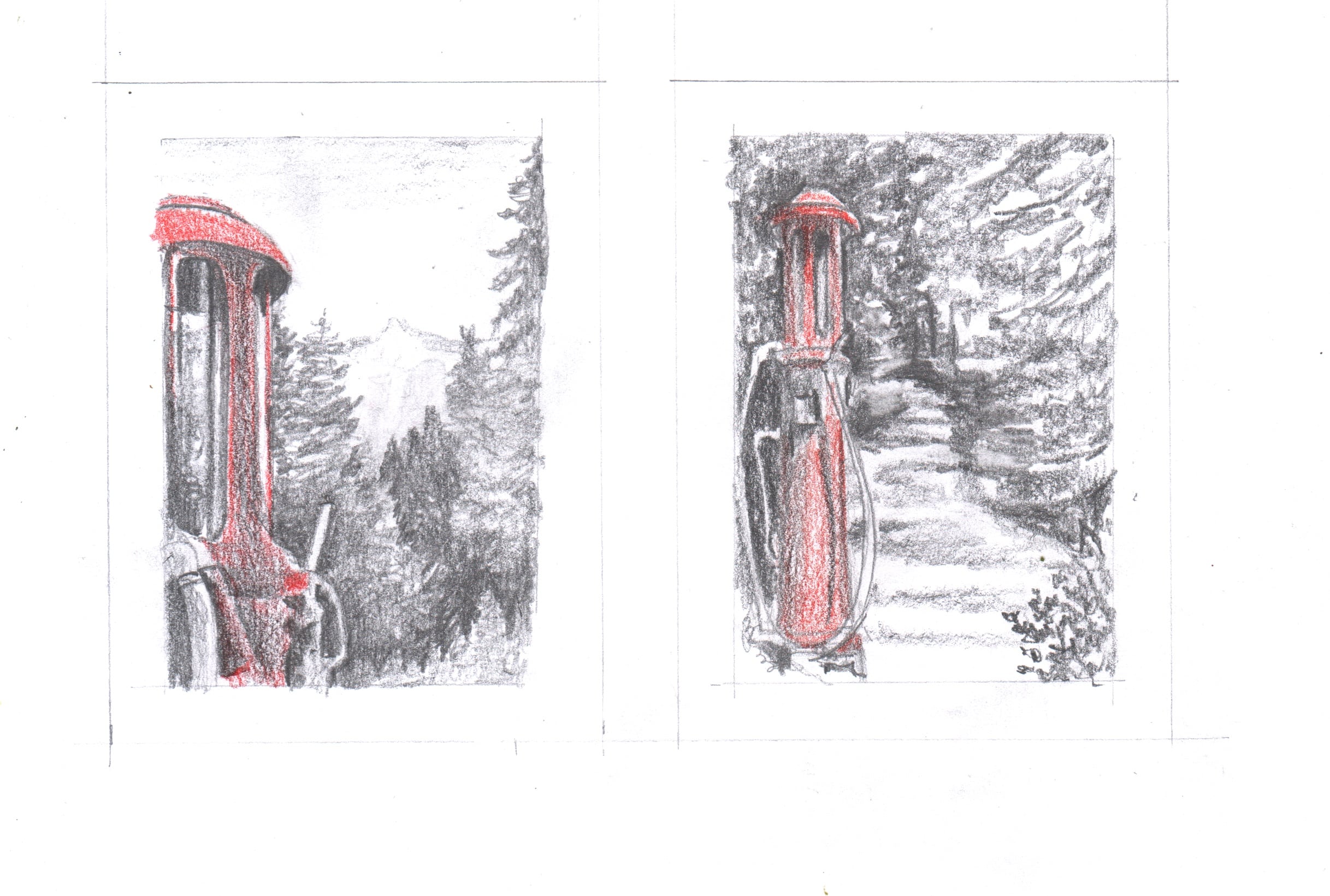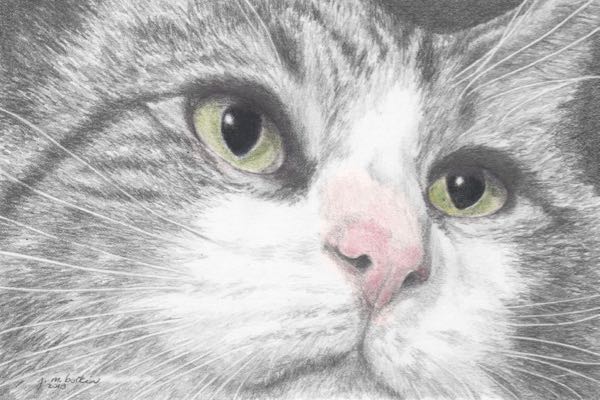“Cabin Art” or “Cabinart”* began with pencil drawings of cabins. It it a treat to be able to draw cabins when those jobs come in.
Someone saw a copy of my book The Cabins of Wilsonia and asked if I could draw her parents’ cabin, working from emailed photographs.
You betcha!
I showed it to you a bit earlier while in progress. I gave it my best effort to work from the customer’s photos and a sketch, and then sent her a scan of the almost finished drawing to her. She asked if I could add something that didn’t really show in the photos, a procedure that is almost always dicey. Since she communicated clearly throughout the project, I was willing to try.
Got it!
We talked about possibly having cards made in the future, so she paid the fee to do the digitization. Now you get to see what it looks like before and after getting digitally prepared. Something about scanning a drawing picks up every little anything that appears in and on the paper. Can you see the difference?
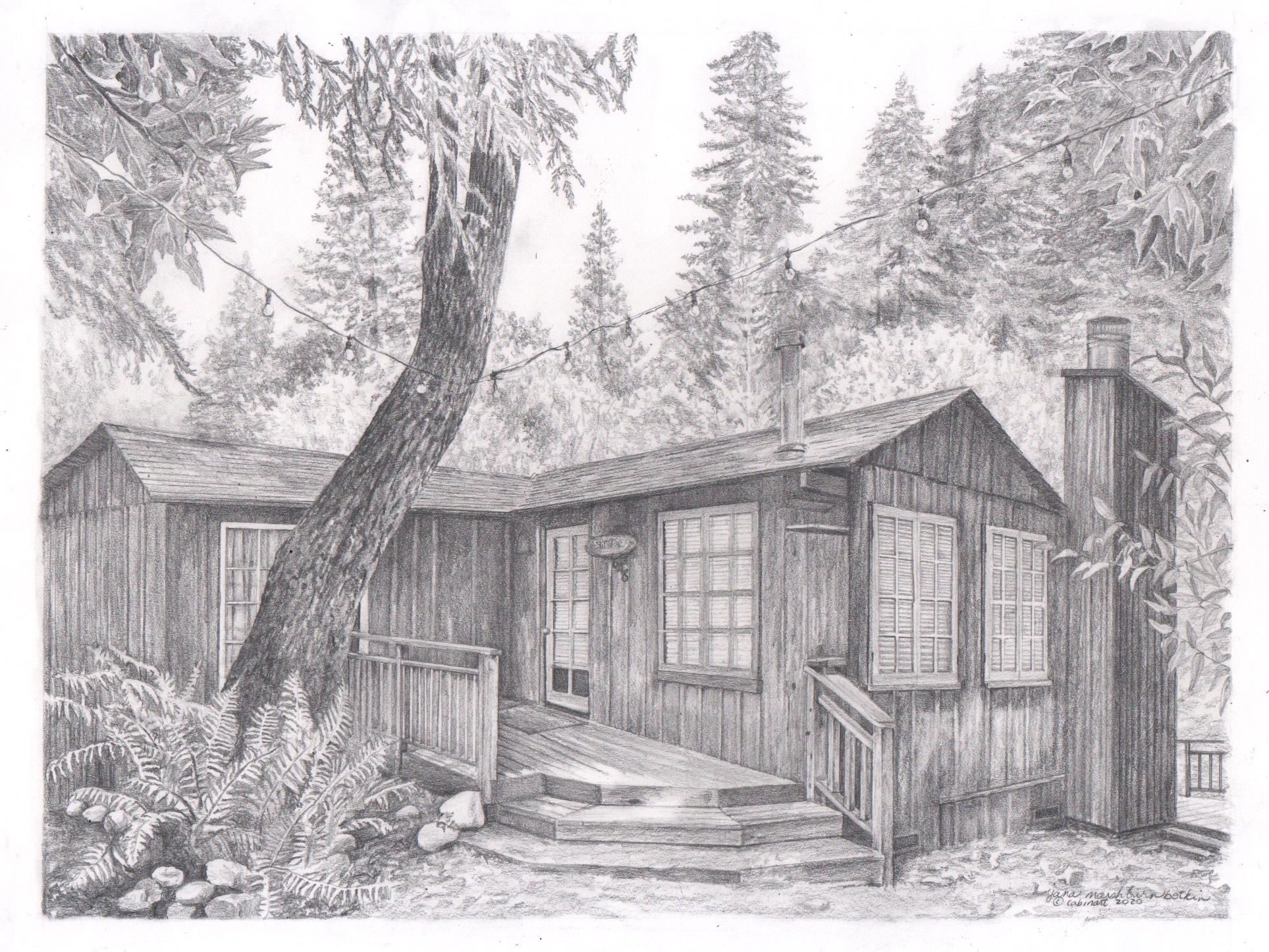
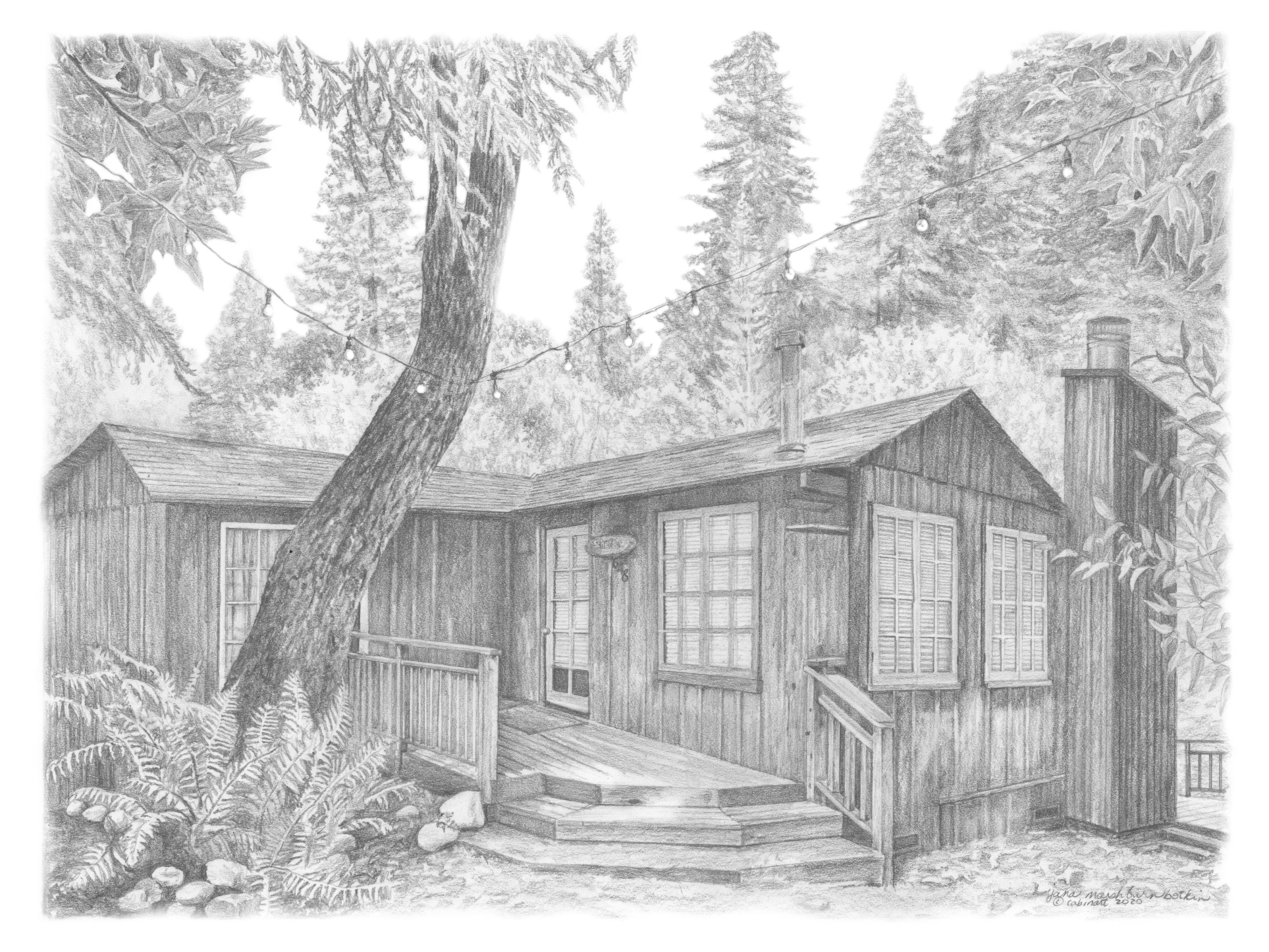
*It puzzles me that as a Typo-psycho, I never figured out how the name of my business should be spelled.
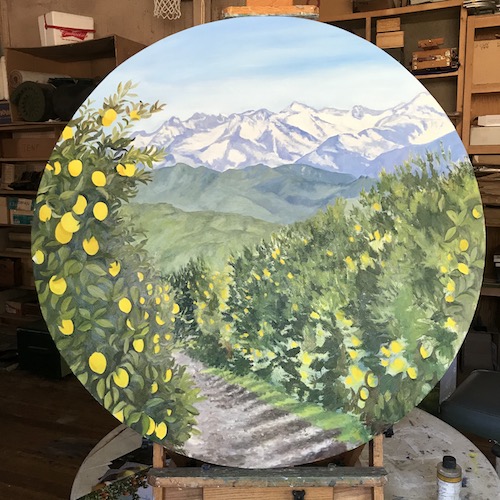
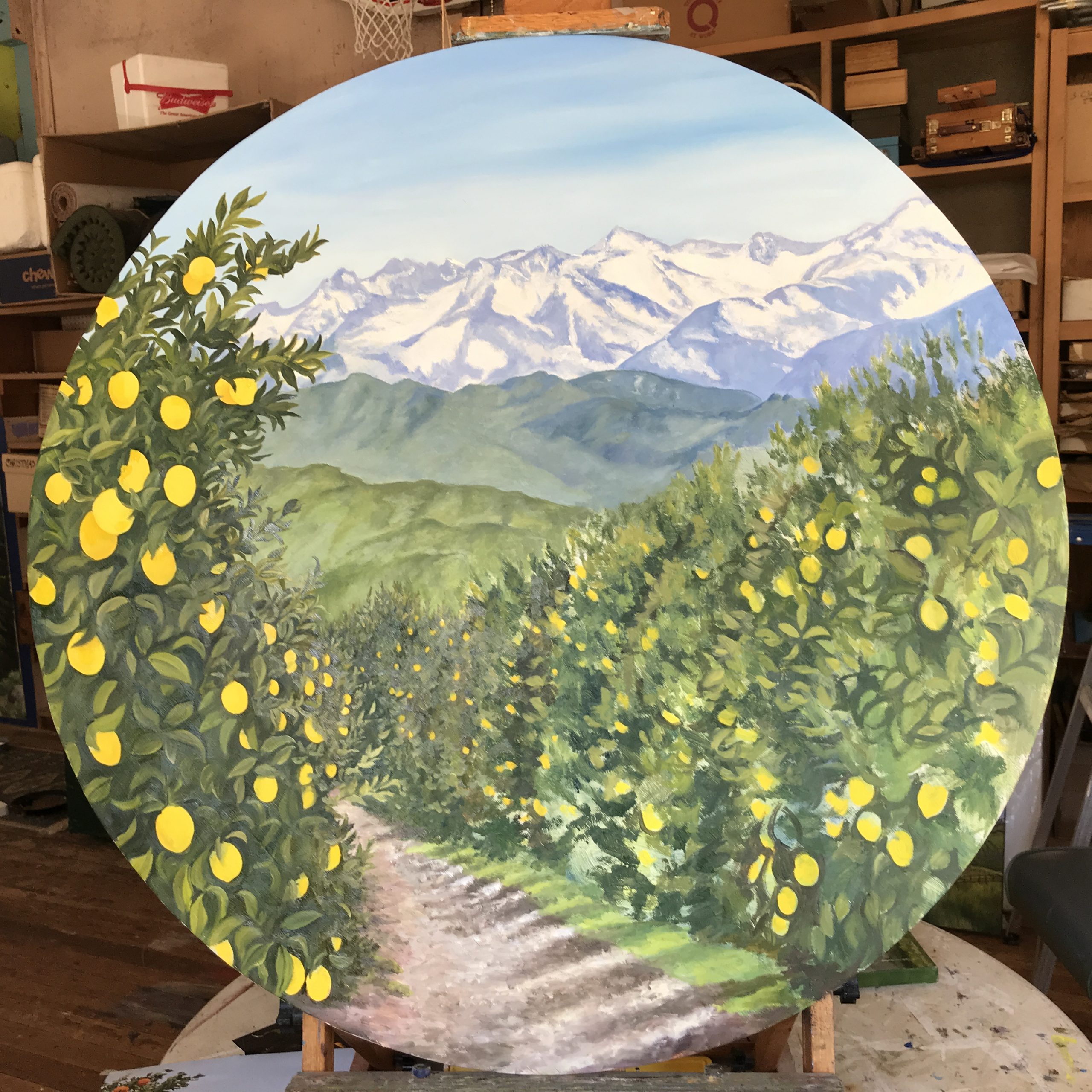


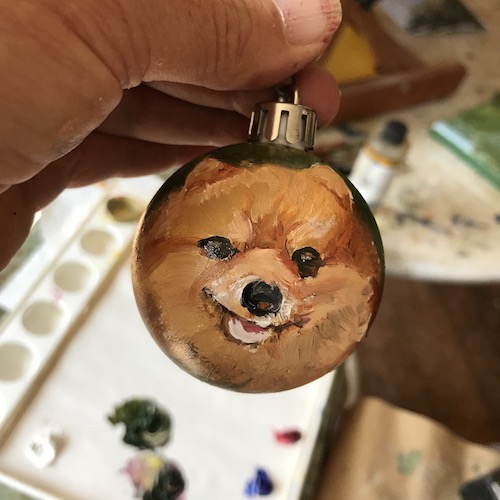

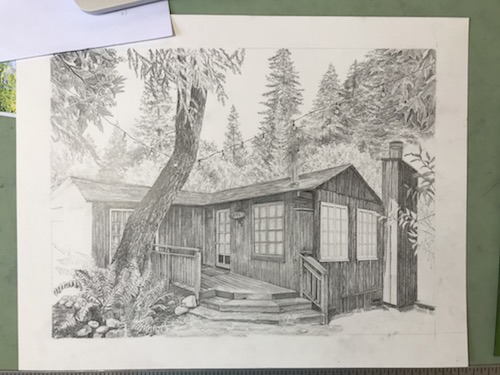
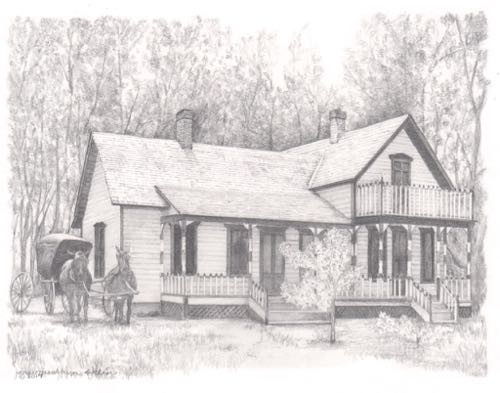 Custom art, also known as commissioned art, is a communication challenge.
Custom art, also known as commissioned art, is a communication challenge.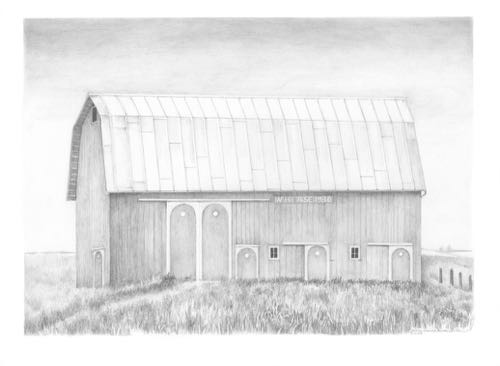 If someone asks me in advance of taking photos, I instruct him to take many photos of the place from different angles, and then up close for all detail that might be hidden in shade or behind trees.
If someone asks me in advance of taking photos, I instruct him to take many photos of the place from different angles, and then up close for all detail that might be hidden in shade or behind trees.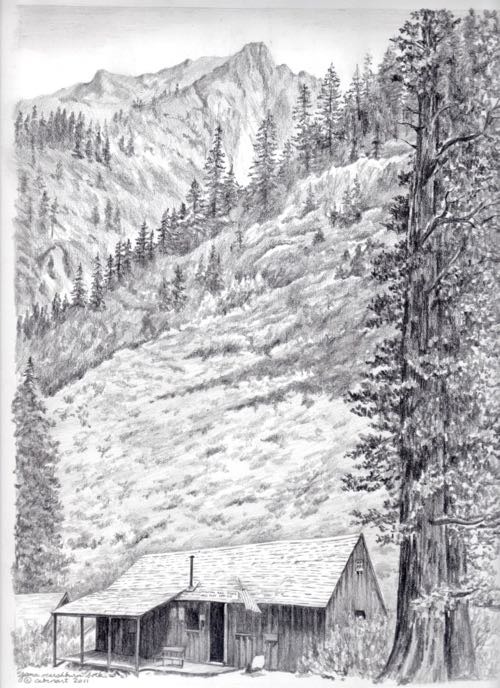 Often there are giant obstacles, such as old blurry photos of places that are no longer in existence, places that are far far away (Montana, South Africa, Cape Cod all come to mind from past experiences), or places that are only accessible in one season or not visible due to weird angles of land or too many trees.
Often there are giant obstacles, such as old blurry photos of places that are no longer in existence, places that are far far away (Montana, South Africa, Cape Cod all come to mind from past experiences), or places that are only accessible in one season or not visible due to weird angles of land or too many trees. 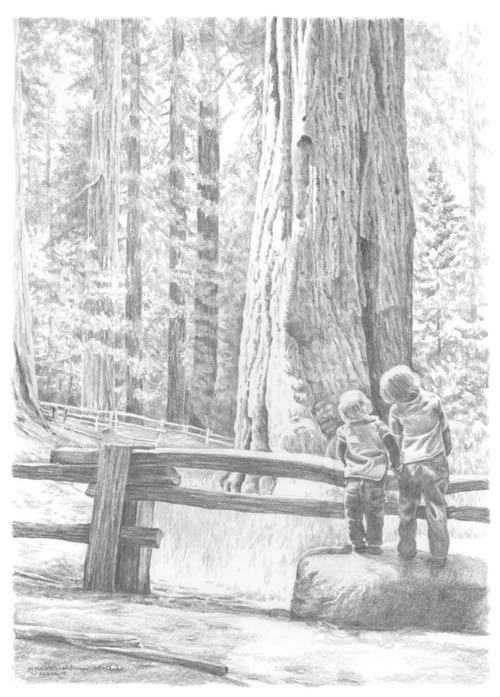 .
.